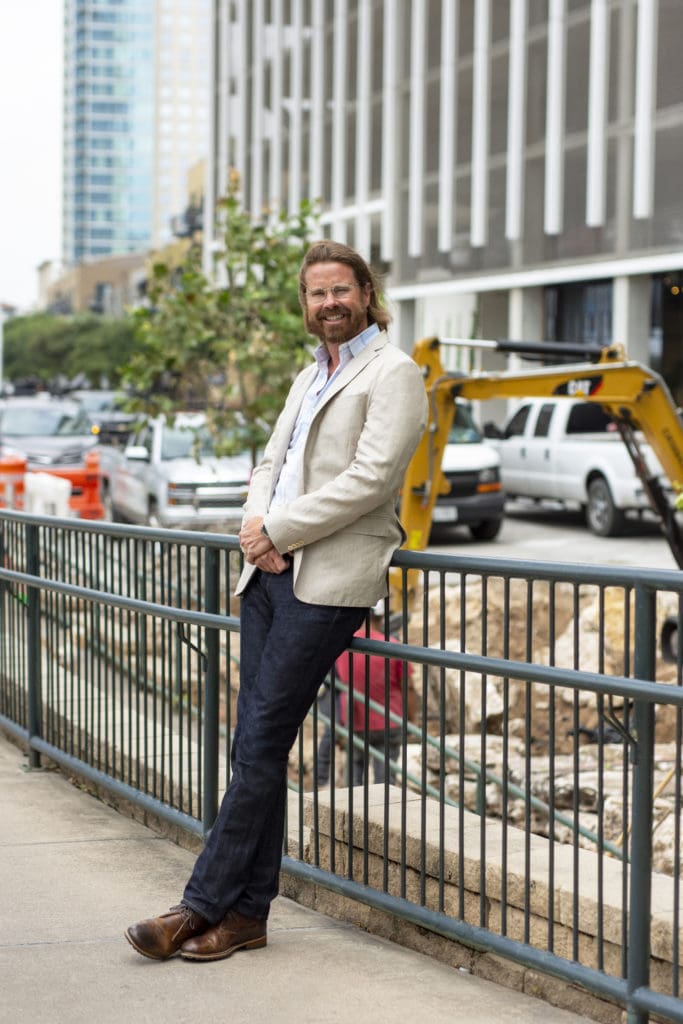By Abby Drexler
There are many reasons why you might be downsizing to a condo, including the fact that your kids have moved out of the house and you no longer need the space, you need a place that requires less maintenance or you are looking for a change. No matter what the reason, getting ready to move from a larger home into a smaller one will take some time and effort.
1. Plan Ahead
Since it can take a while to sort through your belongings and sell the home you are currently living in, you’ll want to make sure you give yourself plenty of time to get through the process. If you are moving with a family member or spouse, make sure everyone is comfortable and on board with the downsizing decision. This can reduce having to deal with hurt feelings and anger later down the road. Depending on your situation, you may need a few months to get all of your things together and make sure everyone is comfortable, or you may need up to a year. Make sure to take as much time as you need.
2. Consider the Items You Can’t Live Without
Through the years of living in your current home, you have no doubt acquired a lot of different things. Some of these will be important to you, and others not so much. Before moving into your new condo, it’s a good idea to make a list of the things that you can’t live without. This might include sentimental items that were given to you by friends or family members or pieces of furniture that are incredibly comfortable that you just have to have.
3. Get Rid of Things You No Longer Need
For all the items that didn’t make it onto your list, you’ll need to decide what to do with them. There won’t be enough room in your condo for all of your belongings, so the only options you have are putting your stuff in storage (which will incur a monthly cost) or getting rid of them. If any of the items are in good shape, consider recycling, selling ordonating them. The only things that you should throw away are items that are broken.
4. Know the Measurements in Your New Place
Before moving any items into your new condo, it’s helpful if you know the measurements in your new place. This will ensure that your furniture and other belongings will fit. If they won’t, then you’ll need to make some decisions about what to do with them. This step can help you reduce your belongings even further to ensure that you are only taking the necessary items to your new home.
5. Work with a Moving Company
Once you are ready to move into your new condo, make sure to work with a moving company. This will make the process easier. You won’t have to worry about asking friends or family members to help move you into your new condo, and you won’t have to stress about how you’re going to move the heavy items. If you work with the right moving company, they may even pack your belongings for you.
Deciding to downsize your home and move into a condo is a major life decision. It will come with some stresses and fears, but it can also be viewed as an exciting new adventure. It will take some time and effort to get ready for the move, but putting a plan in place and having people help, including professional movers, will make the process less daunting and challenging.



